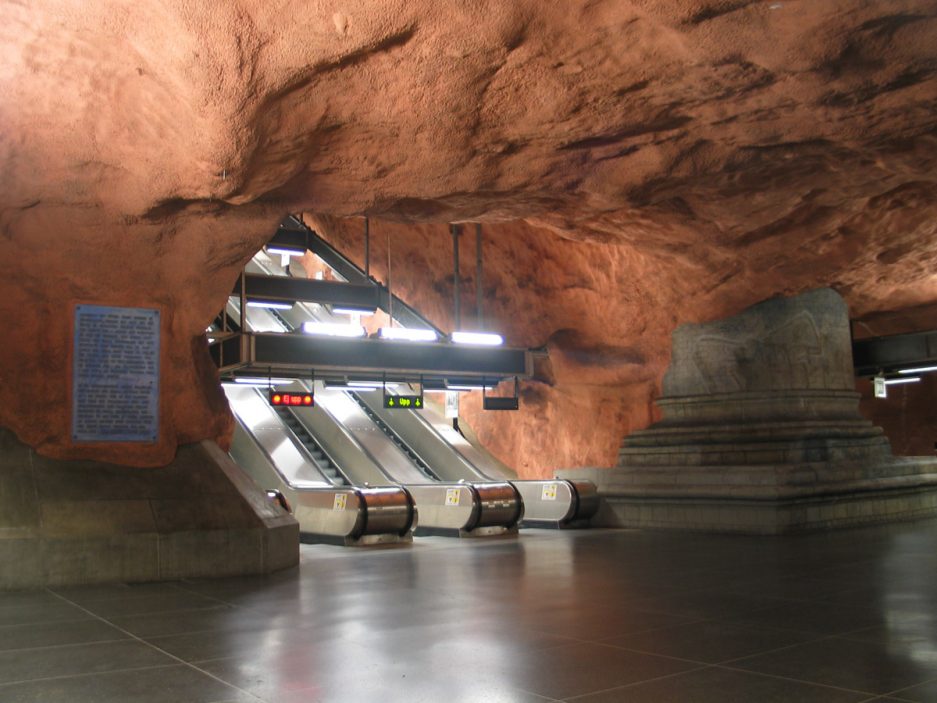Six Design Ideas SEPTA Should Steal Now
A recent article on The Atlantic Cities website made a point that is at once obvious and rarely made: Good design and strong imagery can attract more riders to mass transit.
Call it “branding” if you must, but the point remains: Easy-to-identify symbols and attractive stations and shelters make transit systems easier to spot and more pleasant to use. And a system that’s easier to spot and more pleasant to use will end up with more people using it.
This was the main point of my recent commentary elsewhere on how design does matter in transit, too. In it, I argued that SEPTA could stand improvement in that department, especially on its subway-elevated system and signage. Some readers agreed strongly with that argument, while others disagreed vehemently.
To give credit where it’s due, SEPTA has many examples of attractive design in place already. Rebuilt Regional Rail stations at Fort Washington, Ambler and North Wales, for instance, won a prestigious international award for their quality, and the reconstruction of Wayne Junction is being carried out with care and sensitivity to the station’s historic charm. (The same could be said for its reconstruction of Queen Lane.) Frankford Transportation Center, for all its problems from a functionality standpoint, is a very nice place to wait for a train or bus, and let’s not forget Market East with its woodland mosaics.
The problem is, SEPTA doesn’t have a consistent, systemwide commitment to good design and strong branding. Its most successful graphics, for instance, were a gift to it from another agency: the Center City District, whose affiliated Transportation Management Association developed the green bullseye signs and wayfinder graphics that make Center City transit stations so easy to spot and navigate now. The agency has over a period of years undone a number of attractive subway station facelifts undertaken in the 1980s. And how about those bus shelters?
Fortunately, there are several examples of transit systems that have made that systemwide commitment — and most of them enjoy strong reputations among riders.
Six Design Ideas SEPTA Should Steal Now
There are other examples out there, from the simple to the ornate. And many don’t cost a lot of money either, which means SEPTA could continue its do-more-with-less ways yet still elevate the subway- and bus-riding experience in the same way it is doing bit by bit with Regional Rail.
Follow @MarketStEl on Twitter.














